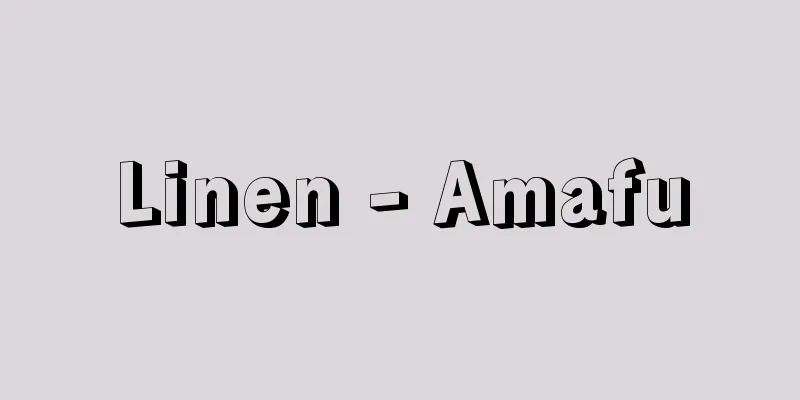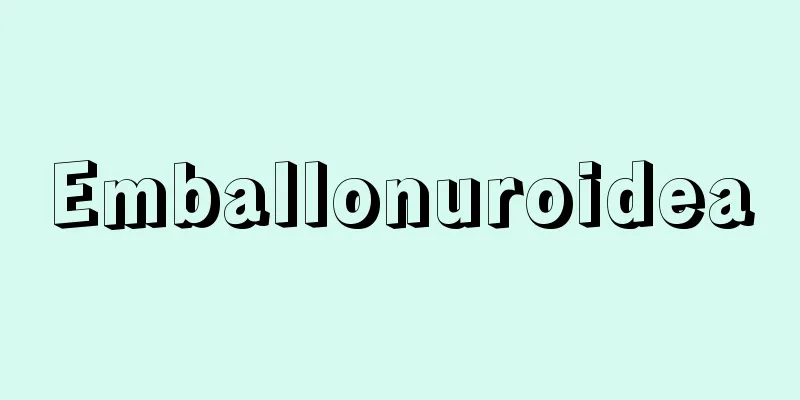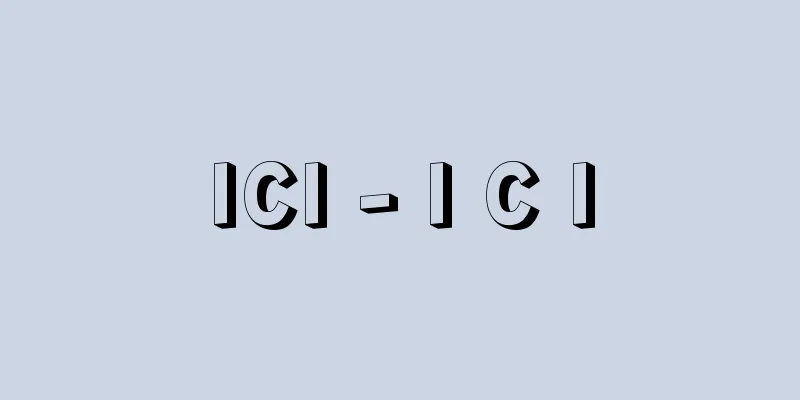Calotype

|
Invented by Talbot in 1841, this was the first photographic method for obtaining a positive from a negative (paper negative). It is also known as the Talbot type. Paper soaked in silver nitrate solution is treated with potassium iodide to produce silver iodide on the paper, which is then made more sensitive with acidic silver gallate solution, and this is used as a photographic plate for photography. A negative is obtained by developing with acidic silver gallate solution and fixing with potassium bromide solution, and this is then printed onto photographic paper to produce a positive. → Related Articles Adamson | Photography | Hill Source : Heibonsha Encyclopedia About MyPedia Information |
|
1841年タルボットが発明したネガ(紙ネガ)からポジを得る最初の写真法。タルボタイプとも。硝酸銀溶液を含浸させた紙をヨウ化カリウムで処理して紙上にヨウ化銀を生成させ,酸性没食子硝酸銀液で感光性を高め,これを感光板として撮影。酸性没食子硝酸銀液で現像,臭化カリウム溶液で定着してネガを得,印画紙に焼き付けてポジをつくる。 →関連項目アダムソン|写真|ヒル 出典 株式会社平凡社百科事典マイペディアについて 情報 |
Recommend
Karamon Gate
One of the gate styles in Japanese architecture. ...
Cobanega (small-winged moth) - Cobanega
A general term for insects in the Micropterigidae ...
Ouaddai
...A kingdom that arose in the Wadai (Ouaddai) re...
Coronary sinus - English spelling: coronary sinus
The coronary sulcus is the posterior wall of the h...
High-damping alloy
An alloy that has the property of absorbing and at...
Ammonium chloride
The industrial common name for ammonium chloride....
Sittaung River
One of Myanmar's major rivers. Approximately 5...
Siphonostegia chinensis Benth.
A semi-parasitic annual plant of the Scrophulariac...
Practice in practice - jijomaren
The theory of practice of Wang Shouren (Yangming),...
International telegram - kokusaidenpo (English spelling) international telegram
An international telecommunications service that ...
coccolith ooze
...However, in many cases, the majority of partic...
Fruit gardening - Kajuengei
This refers to horticulture that focuses on fruit...
Residue - Ryuusuu (English spelling) residue
A regular function f that has an isolated singular...
Beak - beak (English spelling)
In vertebrates, the upper and lower jaws protrude ...
Calceola
…In Japan, characteristic species and genera have...









